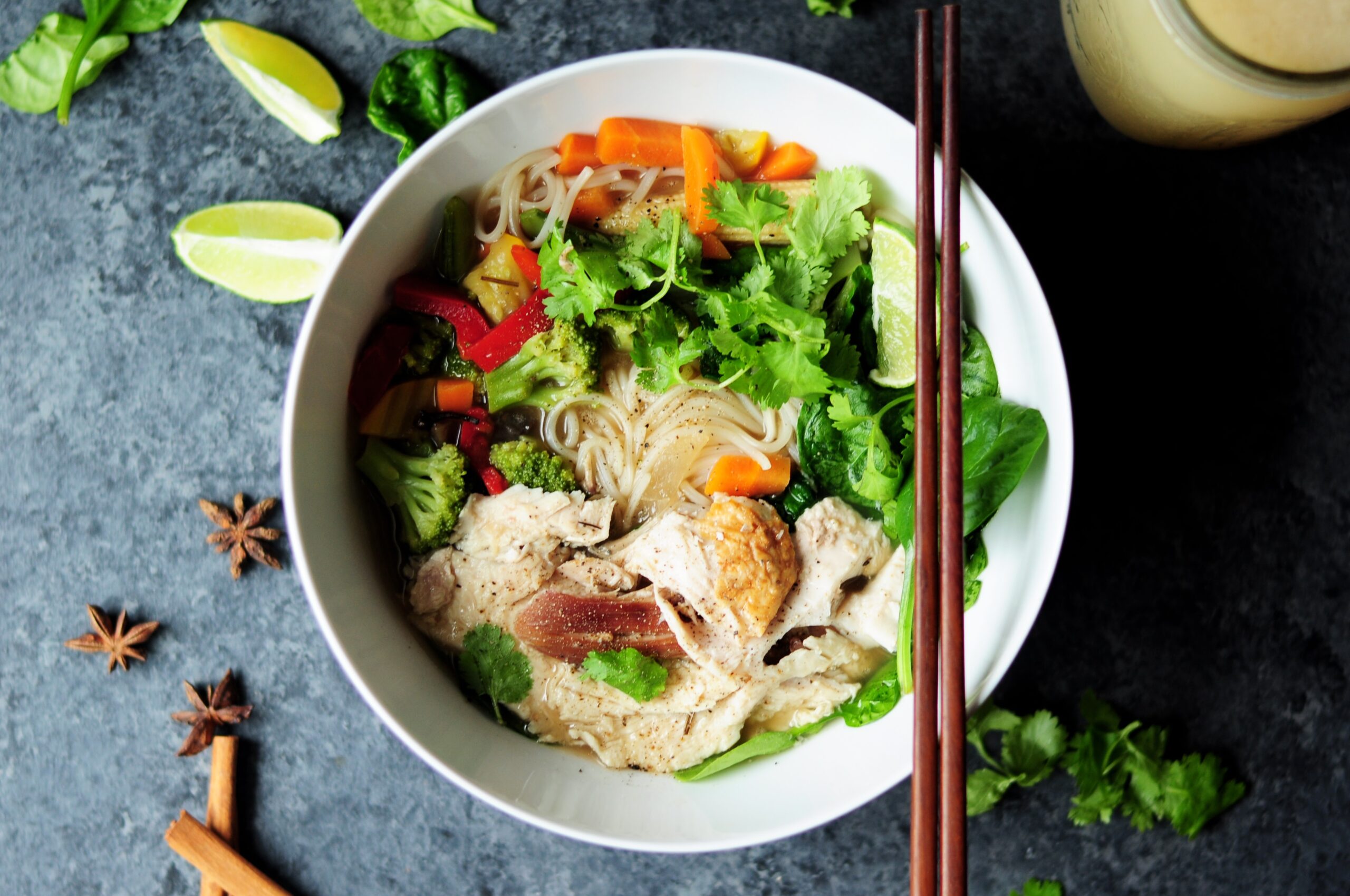Vietnam, a country which is most famous for its jaw-dropping landscapes consisting of everything from balmy beaches to mythical mountain ranges, its fascinating history that explains how and why Vietnamese culture is so entwined with so many other world civilisations and, of course, its food. Vietnamese cuisine is deeply embedded in the country’s history, both impacting and being impacted on by its past, the stamp of Vietnam’s rich, if troubled, history is clearly embossed in the delightful dishes served in the streets of Hanoi and Ho Chi Minh City to this day.
“Indeed, it is in this fusion of traditional Chinese and colonial era French that Vietnam gets its unique, intriguing, and delicious cuisine”
The majority of Vietnam’s greatly renowned and signature dishes, such as Bún chả, Bánh Mì, Pho and its trademark coffee, Cà Phê surprisingly, were only invented in the late 19th and 20th centuries, having their roots in Vietnam’s colonial and provincial past with France and China. These meals have become staples of culinary Vietnam, joining the more traditional Chinese style dishes that previously dominated, and still do populate the menus; understandable considering the long history these two countries share. Indeed, it is in this fusion of traditional Chinese and colonial era French that Vietnam gets its unique, intriguing, and delicious cuisine.
This is best exemplified by Pho, a refreshing, yet undeniably hearty noodle soup usually containing beef and spring onions as well as many other ingredients. Arguably, Pho is the reason Vietnamese food broke out onto the world stage, with the post-war rush of migrants to the Western world in 1975 bringing Pho ingredients and recipes along with them. Pho soon became the most well-known and universally loved of all Vietnamese cuisine, and understandably too. The light rice noodles and thin broth make Pho much less dense and heavy than its distant Japanese cousin ramen. The explosion of spices and flavours from the broth’s seasoning, differing in every individual bowl, makes Pho an irresistible and utterly unique meal. These rice noodles originated in the Guangdong province of southern China in the 1860s, and would have travelled down the Hong river along with Chinese migrants and workers at this time. Of course, on their own, rice noodles might be considered bland, however, when combined with the huge inflation of beef consumption that came with the French colonial rule after the Sino-French war of 1884, and the various seasonings and light fish sauce so prominent in Vietnamese cuisine, the return is something immaculate. Utterly hearty and filling with the beef and broth combination but light enough that you can still enjoy it in the sweltering and humid climate of Vietnam, your tastebuds are thoroughly refreshed by the cleansing spices and flavours of the light broth and rice noodles that counter the heavier beef so well. Pho truly is a testament to how fusions of different cuisines can work so well, not just in when flavours agree, but, perhaps even more so, when they oppose.
“Anthony Bourdain described them as “a symphony in a sandwich” and this is certainly not an understatement”
This fusion of east-Asian and Colonial European flavours is similarly seen in a tired traveller’s preferred street food snack, the highly sought after Bánh Mì. Anthony Bourdain described them as “a symphony in a sandwich” and this is certainly not an understatement. Formed of a short and crunchy French baguette split sideways and filled with meat (often chicken or pork), pâté, pickled vegetables, salad, and sauce, (and sometimes, if you’re lucky, a fried egg), they are a delight to the senses. The first bite cracks through the fresh and impossibly crunchy crust of the bread and into the light, airy centre where it then comes into contact with the fillings. The warm embrace of the meat contrasts comfortingly with the freshness of the salad and pickled vegetables and the pâté’s unique and unmistakable tang completes the final puzzle piece of Bánh Mì’s distinctive, complex, and delicious flavours. The last thing to hit, the palate cleanser and crescendo of the symphony is, of course, the boot of the chilli in the sauce that always has a quite indescribable taste. Every street vendor’s is different, and yet every single one is perfectly tailored to the Bánh Mì they coat. They are an utter delight, and I cannot recommend them enough for those who are looking for a fiesta of flavours in one bite.
Finally, I cannot discuss Vietnamese cuisine for so long without touching on Cà Phê , (Vietnamese coffee). Once again, a by-product of the French colonisation, coffee beans were brought over by traders and Europeans in the late 19th and early 20th centuries and Cà Phê was born. A very small amount of very strong filter-brewed coffee combined with sweetened, condensed milk (also brought over by the French) and often drunk over ice. This coffee, arguably, cannot be undersold, the combination of the strong filter brew and the condensed milk gives it an unbelievably rich, sweet, chocolatey, and creamy taste, exquisitely flavourful and exceptionally quenching, a flawless and quintessential choice for a searingly hot day in Vietnam.
So, what is Vietnamese food? Is it similar to Chinese food? French? Japanese? Is it traditional? Modern?
The answer is, of course, all of the above, as exemplified by the three dishes described. It is through this combination, fusion and evolution of culinary worlds, both geographical and historical, that Vietnamese cuisine gets its unique and totally compelling flavours that delight, astound, and, most importantly, leave you wanting more.






